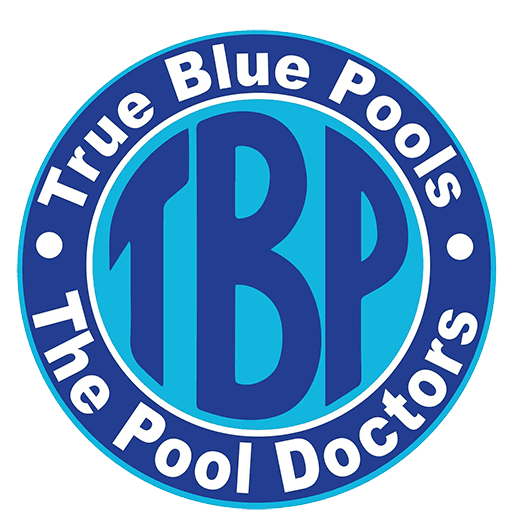Water Balance
Best Tips for Maintaining the Proper Pool Water Balance
We provide FREE 10+ point water tests in our Lexington, KY and Georgetown, KY pool supply stores.
Bring in a cup of your pool water. Let us know the dimensions of the pool (length, width, and depth) OR gallons of water the pool holds so we can get the most accurate diagnosis.
pH
pH is the most critical factor controlling your pool water balance. It refers to the measure of the relative acid or base of the pool water and should be tested daily.
If the pH Is Too High
pH values above 7.8 will lead to cloudy water, staining, scale deposits, and filtration problems and reduce chlorine efficiency.
If the pH Is Too Low
pH values below 7.2 may lead to corrosion of metallic pipes, etched plaster, rapid loss of chlorine residual and possible irritation to swimmers.
Ideal pH
To maintain an ideal pH level in your pool water, use GLB pH Up when the pH drops below 7 .2. When the pH rises above 7.8, use GLB pH Down.
Total Alkalinity
Total alkalinity measures your pool water’s ability to resist changes in pH. Alkalinity does not have to be tested daily. This is a measure of the buffering capacity or the ability of pool water to resist a change in pH.
High Total Alkalinity
When the total alkalinity exceeds 120 ppm (parts per million), the pH will tend to creep up and resist efforts to change slowly.
Low Total Alkalinity
When the total alkalinity is below 80 ppm, the pH will likely “bounce” from one extreme to the other, and keeping the pH in the proper range will be difficult.
Ideal Alkalinity
When the total alkalinity of your pool drops below 80 ppm, use GLB Alkalinity Increaser. If the total alkalinity rises above 120 ppm, add GLB pH Down.
Calcium Hardness
Calcium Hardness is the amount of dissolved calcium in your pool water. True Blue Pools should test your pool water for calcium hardness at the beginning of each season.
High Calcium Hardness
Calcium hardness above 400 ppm can cause calcium to precipitate from the water causing cloudy conditions and scale deposits.
Low Calcium Hardness
Calcium hardness below 140 ppm may lead to corrosion.
Ideal Calcium Hardness
If the calcium hardness level in your pool rises above 400 ppm, using Natural Chemistry Scale Free will prevent cloudy water and hard water scale. A low calcium hardness level can be corrected by adding GLB Calcium Hardness Up.
Stain Producing Metals
SuperSonic sanitizes, clarifies, fights algae and won’t over-stabilize pool water. It is safe for use on all pool surfaces and leaves no residue. It contains 73% available chlorine.
Sanitizing Your Pool Water
Disinfection is an essential element of any pool water treatment program.
GLB chlorinated products are designed to disinfect your pool water by releasing “free chlorine” into the pool water to control germs and microorganisms, algae and organic matter.
The best method for maintaining a proper chlorine level in pools is using one of the GLB-stabilized chlorine products. These products contain additional stabilizers to replenish any loss from backwashing and splashing out continuously. They also include a much higher percentage of available chlorine than liquid chlorine products and do not alter the hardness level.
Because water conditions change rapidly, it is imperative to test the water daily for chlorine residual. The free available chlorine reading should be 2 – 4 ppm. You should also test pH at the same time.
Protect your chlorine from sunlight. Sunlight destroys residual chlorine in outdoor pools unless the pool water is stabilized. Test your pool for stabilizer content, and when necessary, add GLB Stabilizer (follow label directions).
A stabilizer, technically known as Cyanuric Acid, is a UV Block—like sunscreen– which shields your chlorine from sunlight.
For help maintaining the proper pool water balance, contact True Blue Pools today.



